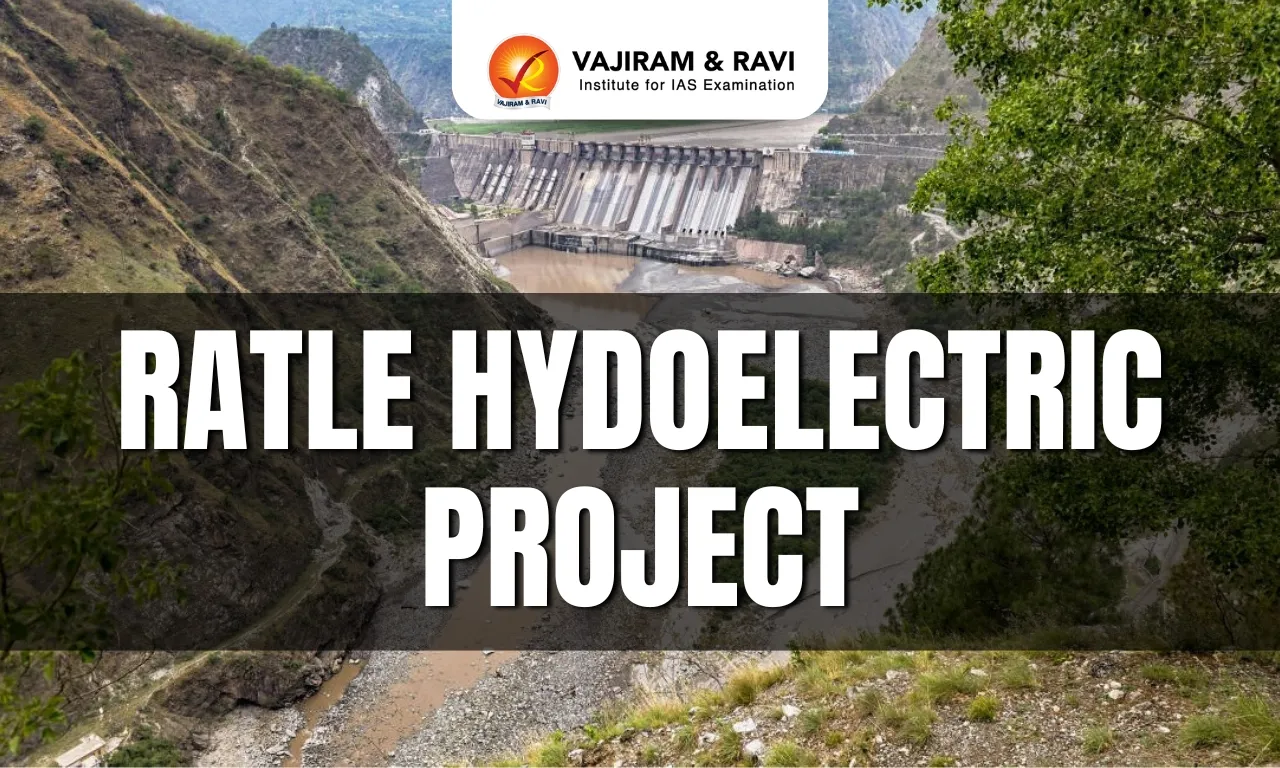Key Findings
- Previous analyses of ancient genomic data have suggested that two major genetic turnover events occurred in Western Eurasia;
- One associated with the spread of farming around 7,000-6,000 BC and a second resulting from the expansion of pastoralist groups from the Eurasian steppe starting around 3,300 BC.
- The period between these two events, the Copper Age, was characterized by a new economy based on metallurgy, wheel and wagon transportation, and horse domestication.
- However, what happened between the demise of Copper Age settlements (around 4,250 BC) and the expansion of pastoralists is not well understood.
- The recent study revealed that early contact and admixture between Copper Age farming groups from south-eastern Europe and Neolithic groups from the steppe zone in today’s southern Ukraine, possibly starting in the 5,500 BC when settlement densities shifted further north.
- The early admixture during the Neolithic appears to be local to the NW Black Sea region of the fourth millennium BC and did not affect the hinterland in southeastern Europe.
About Copper Age:
- The Chalcolithic period, also known as the Copper Age.
- It describes a transitional period in human prehistory between the Neolithic period (New Stone Age) and the Bronze Age.
- It is characterized by the use of both stone tools and the beginning of metalworking, specifically the utilization of copper.
- One of the defining characteristics of this period is the simultaneous use of stone tools and early metal objects, primarily copper.
- In India, it spanned around 2000 BC to 700 BC.
- This culture was mainly seen in the Pre-Harappan phase, but at many places it extended to the Post-Harappan phase too.
- The people were mostly rural and lived near hills and rivers.
- The Chalcolithic culture corresponds to the farming communities, namely Kayatha, Ahar or Banas, Malwa, and Jorwe.
- The people of this age started doing animal husbandry and agriculture.
- Apart from wheat, rice, they used to grow pulse crops like millet, lentil, urad and moong etc.
Q1) What is the Neolithic period?
The Neolithic period, also known as the New Stone Age, is a significant period in human history that represents the transition from a nomadic, hunter-gatherer lifestyle to settled agriculture and the domestication of plants and animals.
Source: Ancient genomic data shed light on the demise of the Copper Age
Last updated on December, 2025
→ Check out the latest UPSC Syllabus 2026 here.
→ Join Vajiram & Ravi’s Interview Guidance Programme for expert help to crack your final UPSC stage.
→ UPSC Mains Result 2025 is now out.
→ UPSC Notification 2026 is scheduled to be released on January 14, 2026.
→ UPSC Calendar 2026 is released on 15th May, 2025.
→ The UPSC Vacancy 2025 were released 1129, out of which 979 were for UPSC CSE and remaining 150 are for UPSC IFoS.
→ UPSC Prelims 2026 will be conducted on 24th May, 2026 & UPSC Mains 2026 will be conducted on 21st August 2026.
→ The UPSC Selection Process is of 3 stages-Prelims, Mains and Interview.
→ UPSC Result 2024 is released with latest UPSC Marksheet 2024. Check Now!
→ UPSC Prelims Result 2025 is out now for the CSE held on 25 May 2025.
→ UPSC Toppers List 2024 is released now. Shakti Dubey is UPSC AIR 1 2024 Topper.
→ UPSC Prelims Question Paper 2025 and Unofficial Prelims Answer Key 2025 are available now.
→ UPSC Mains Question Paper 2025 is out for Essay, GS 1, 2, 3 & GS 4.
→ UPSC Mains Indian Language Question Paper 2025 is now out.
→ UPSC Mains Optional Question Paper 2025 is now out.
→ Also check Best IAS Coaching in Delhi

















